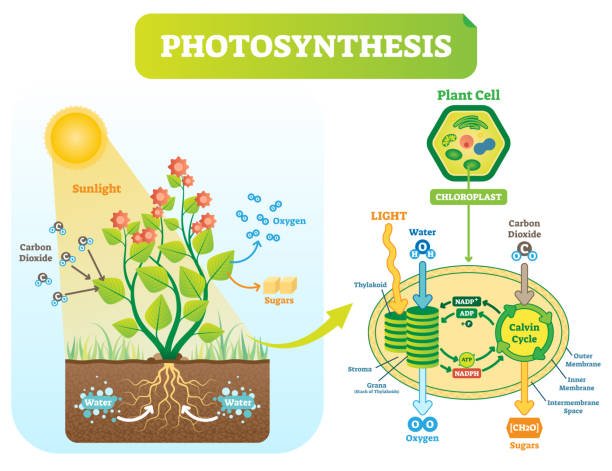The Historical Perspective of Photosynthesis
Skip to content
Skip to footer
The Historical Perspective of Photosynthesis
The Historical Perspective of Photosynthesis

